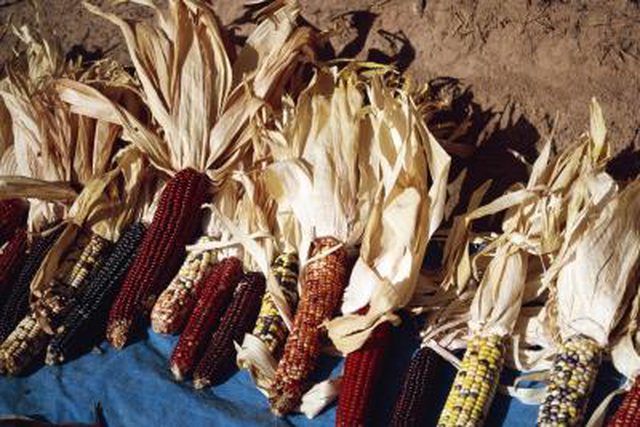Bulbs
Flower Basics
Flower Beds & Specialty Gardens
Flower Garden
Garden Furniture
Garden Gnomes
Garden Seeds
Garden Sheds
Garden Statues
Garden Tools & Supplies
Gardening Basics
Green & Organic
Groundcovers & Vines
Growing Annuals
Growing Basil
Growing Beans
Growing Berries
Growing Blueberries
Growing Cactus
Growing Corn
Growing Cotton
Growing Edibles
Growing Flowers
Growing Garlic
Growing Grapes
Growing Grass
Growing Herbs
Growing Jasmine
Growing Mint
Growing Mushrooms
Orchids
Growing Peanuts
Growing Perennials
Growing Plants
Growing Rosemary
Growing Roses
Growing Strawberries
Growing Sunflowers
Growing Thyme
Growing Tomatoes
Growing Tulips
Growing Vegetables
Herb Basics
Herb Garden
Indoor Growing
Landscaping Basics
Landscaping Patios
Landscaping Plants
Landscaping Shrubs
Landscaping Trees
Landscaping Walks & Pathways
Lawn Basics
Lawn Maintenance
Lawn Mowers
Lawn Ornaments
Lawn Planting
Lawn Tools
Outdoor Growing
Overall Landscape Planning
Pests, Weeds & Problems
Plant Basics
Rock Garden
Rose Garden
Shrubs
Soil
Specialty Gardens
Trees
Vegetable Garden
Yard Maintenance
How to Kill the Bugs in Dried Field Corn
How to Kill the Bugs in Dried Field Corn. Feed yourself or your livestock for weeks, even months, by storing homegrown corn. Unfortunately, dried field corn can be a tasty meal for the numerous weevils, beetles and other bugs that thrive on stored grain. Take proactive measures to kill bugs in your dried corn to keep it in tiptop shape.

Feed yourself or your livestock for weeks, even months, by storing homegrown corn. Unfortunately, dried field corn can be a tasty meal for the numerous weevils, beetles and other bugs that thrive on stored grain. Take proactive measures to kill bugs in your dried corn to keep it in tiptop shape.
Things You'll Need
Grain humidity meter
Airtight grain storage bins
Diatomaceous earth
Refrigerator
Kill bugs that are present among the corn before the corn is harvested for drying and storage. This may drastically cut back on bug eggs and larvae in the stored grain. The University of Florida recommends systemic in-furrow insecticides available on the market. Insecticides can help control foliar and soil pests that can become troublesome right before threshing.
Use a grain humidity meter, available from many feed stores and farm supply outlets, to ensure the corn is dried. Moisture may encourage grain rot, mold growth and the hatching of dormant insect eggs. The University of Florida recommends drying corn to a moisture level of 13 percent before storing.
Store the corn only in clean, airtight containers to prevent the introduction of new bugs into the dried corn during the packing process. If you select a previously used bin, wash and dry it before reusing.
Sprinkle food-grade diatomaceous earth powder into the stored corn. The powder is available from some health food stores and most farm supply outlets. Mix the corn to evenly distribute the powder. The powder naturally kills bugs without damaging the corn or harming humans or livestock. Use 1.4 grams of diatomaceous earth for every pound of corn.
Keep the dried corn at a low temperature as an alternative to diatomaceous earth. Place the stored grain in a refrigerator and bring the temperature down to 0 degrees F for four days. This will kill most of the bugs present in the dried corn.
Inject the stored grain with carbon dioxide gas. This is typically done by commissioning the services of a pest control company, as the gas and tools are industrial products not usually available to the home user. Carbon dioxide will quickly and naturally kill any insects in your stored corn.
Tips & Warnings
Dust the area that stores your corn bins with diatomaceous earth as a preventative anti-bug strategy.